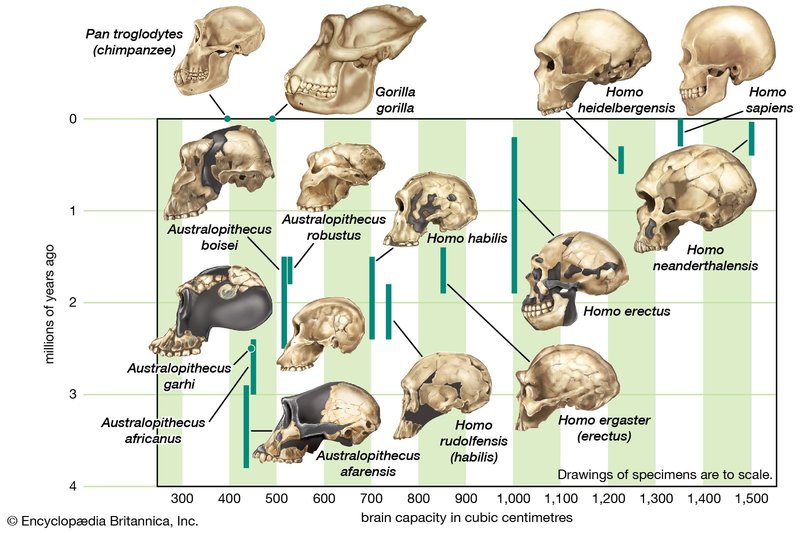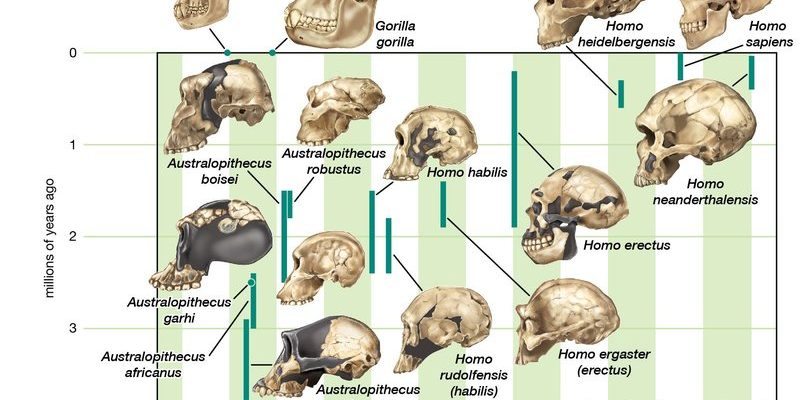
Let me explain what makes bees so special. They aren’t just pollinators; they’re part of a bigger picture that includes our food supply and the health of our environment. They’ve evolved in remarkable ways to adapt to their surroundings and form complex societies. So grab a cup of coffee, and let’s dive into the incredible evolution and history of these remarkable insects!
Bee Origins: A Journey Through Time
Bees have a rich history that dates back around 100 million years, during the Cretaceous period. They evolved from wasp-like ancestors, which were primarily predators. Picture a time when dinosaurs roamed the Earth and flowering plants began to appear. This was when the first bees made their debut, adapting to a new diet based on nectar and pollen.
The earliest known bees are from the fossil record, like those found trapped in amber. These ancient bees had features we still recognize today, such as hairy bodies for pollen collection. You might be wondering how these bees managed to thrive. They developed a mutual relationship with flowering plants that still exists today. As bees collected nectar, they unintentionally transferred pollen from one flower to another, enabling plants to reproduce. It was a classic win-win situation!
Over time, bees diversified into many species. Today, there are around 20,000 different types of bees worldwide. From the tiny stingless bees to the large and fuzzy Carpenter bees, each species has its unique traits and behaviors. Isn’t it amazing how they adapted to various environments, from deserts to forests, showcasing nature’s incredible versatility?
The Rise of Social Bees
Among the various bee species, some took a fascinating turn toward social living. Honeybees and bumblebees are prime examples. They developed intricate social structures, with queens, workers, and drones. Picture a bustling city where every bee has a role. The queen’s job is reproduction, while the worker bees gather food, care for the young, and protect the hive.
Honeybees, in particular, are renowned for their ability to communicate through dances and pheromones. The waggle dance, for instance, is a remarkable behavior that tells other bees where to find flowers. It’s like a bee GPS system! This social structure and communication method have enabled honeybees to thrive in various ecosystems.
Interestingly, this social behavior didn’t happen overnight. It evolved over millions of years, allowing bees to adapt to changing environments and pressures. You might find it comforting to know that these small creatures play such vital roles in maintaining ecological balance by pollinating plants.
Bees and Their Role in Our Ecosystem
We often underestimate the value of bees, but they are essential for our food systems. It’s estimated that one in every three bites of food we eat relies on pollinators, including bees. Fruits, vegetables, nuts, and even grains benefit from their labor. Imagine a world without apples, almonds, or tomatoes!
When bees pollinate flowers, they help plants reproduce, leading to the production of seeds and fruits. This not only supports our diets but also sustains wildlife that relies on these plants for food. It’s a delicate balance, with bees at the center of it all.
However, their role goes beyond just food. Bees also contribute to biodiversity. By pollinating different types of plants, they promote a variety of ecosystems. Diverse ecosystems are more resilient, meaning they can better withstand diseases, pests, and climate shifts. In short, bees help keep our planet healthy.
The Challenges Bees Face Today
Sadly, despite their importance, bees are facing significant threats. Factors like habitat loss, pesticide use, climate change, and diseases are contributing to declining bee populations. You might have heard about the colony collapse disorder, which leads to entire hives disappearing. It’s alarming to think that these hardworking creatures are struggling to survive.
The use of pesticides, particularly neonicotinoids, has been linked to bee declines. These chemicals affect bees’ navigation, reproduction, and immune systems. It’s like creating significant hurdles in their daily lives. Habitat loss due to urbanization and monoculture farming means bees have fewer resources available, whether for nesting or feeding.
There’s hope, though. Awareness has been growing, leading to initiatives that aim to protect these vital insects. Planting bee-friendly flowers, avoiding harmful pesticides, and supporting local beekeepers can help make a difference. Every little action counts, and you might be surprised how even small changes can help support bee populations.
Beekeeping: A Humming Tradition
Beekeeping, or apiculture, has been around for thousands of years. It’s a fascinating blend of science, art, and tradition. Ancient Egyptians kept bees for their honey, using it for food, medicine, and even burial rituals. Fast forward to today, and beekeeping remains a thriving practice across the globe.
Modern beekeepers manage hives to produce honey and wax. They also play a critical role in maintaining bee populations. Beekeeping isn’t just about harvesting honey; it involves understanding bee behavior, protecting them from diseases, and ensuring their overall health. It’s like being a guardian for these incredible creatures.
Many people take up beekeeping as a hobby, and it’s gaining popularity as more individuals recognize the importance of bees. The joy of witnessing a hive bustling with activity is truly rewarding. Plus, you get to enjoy the fruits of your labor—delicious honey.
The Future of Bees: What Lies Ahead
As we look ahead, the future of bees hangs in the balance. Scientists, environmentalists, and even everyday people are working hard to protect and restore bee populations. Innovative solutions like urban beekeeping, creating bee-friendly gardens, and implementing sustainable agricultural practices are on the rise.
You might be wondering how you can contribute. Simple actions, like planting native flowers or avoiding chemicals in your garden, can create a more welcoming environment for bees. Supporting local farmers and beekeepers helps promote practices that protect these vital insects.
The fight for bees is ongoing, but with collective efforts, there’s hope. By understanding their history and importance, we can foster a better future. Let’s ensure that the buzz of bees continues, not just for our sake but for the entire ecosystem.
In conclusion, the evolution and history of the bee are rich and intricate, reflecting millions of years of adaptation and survival. From their ancient origins to their crucial roles in our environment, bees have shown us the importance of cooperation and resilience. By embracing knowledge and taking action, we can safeguard these incredible creatures for generations to come.

